
Without safety assured, learning cannot take place.
News reports throughout the country indicate a movement that is intent upon removing police officers from schools. An article in The Washington Post (6/25/20) stated that advocates for such a policy claim, “When police are stationed in schools…more student infractions tend to be criminalized.” Those taking this position believe that interventions by mental health professionals would be more effective and less damaging to students.
Facts rather than ideology should drive important decisions that affect the safety of students and teachers. According to the National Center for Education Statistics, in 2016, there were approximately 749,400 “victimizations” of students nationwide. During the 2015-2016 academic year, 10 of public-school teachers reported receiving threats of injury from a student at school, and six percent reported being physically attacked at school. According to a survey reported in Violence and Gender (#2, 2020) of 26,515 youth in Hillsborough County, Florida, during the 2015-2016 academic year, 3.9% reported bringing a gun onto school property, 5.15% brought knives, and 6.4% brought other weapons to school.
Students who commit crimes in classrooms not only endanger the lives of other students and teachers, but they also usurp time, attention, and resources that should be expended on their classmates who want to learn. In 2013, the American Psychological Association surveyed 2,998 kindergarten to twelfth-grade teachers. Ninety-four percent reported students victimizing them, 44 percent stating they were physically attacked. A report in the Baltimore Sun in 2014 stated that employees of public schools were injured more often than those working for any other Baltimore city agency with the exception of the police department.
When students commit crimes in a school building, everyone is affected. It is traumatizing for children to be shaken down for lunch money, to fear going into bathrooms, to be subjected to threats and extortion, and to witness classmates or teachers being assaulted in front of them.
If students and teachers do not feel safe at school, how can education proceed? Some children live in homes or neighborhoods that are not safe. School is their haven. Even well-equipped facilities and excellent teachers are to little avail if criminals operate with a sense of impunity.
Advocates of removing police or other security officers suggest that mental health professionals should be responsible for intervening with students who commit crimes at school. Boys and girls with a severe “conduct disorder,” as this “condition” is termed, are oppositional not just to teachers but also strongly resist interventions by counselors or other agents of change. According to the perspective of these youths, it is others who have a problem. They subvert or fight openly anyone who attempts to guide or restrict them. Turning these students over to school mental health professionals is comparable to trying to catch a tidal wave with a bucket.
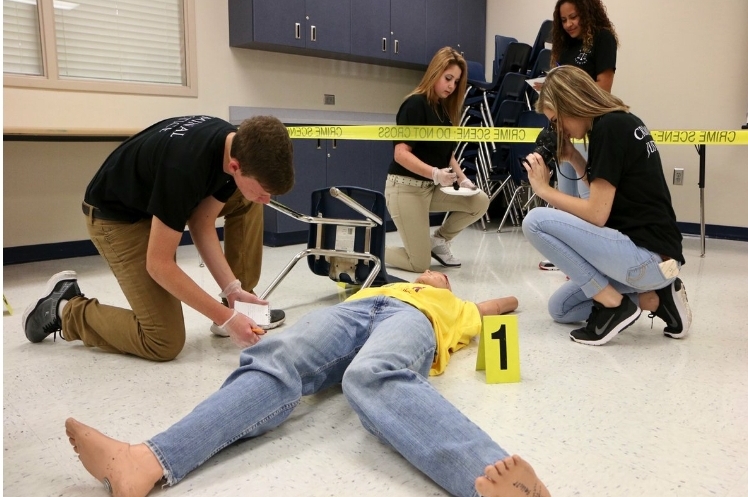
The manual of The American Psychiatric Association (DSMV, p. 464) points out that, among youngsters with oppositional defiant disorder, “temperamental factors related to problems in emotional regulation” are involved. These boys and girls have proven to be notoriously resistant to counseling or therapy. Such students first must be held accountable for the crimes they commit. They must face consequences for behavior that injures others. That is a precondition to any possibility of effective mental health intervention. These boys and girls cannot remain in school to terrorize others. Removing them from mainstream classrooms will allow instruction to proceed and prevent the victimization of other students and teachers. Reporting them to law enforcement does not “criminalize” them; they already were “criminals.”
Source: Stanton Samenow, Ph.D., / Psychology Today

















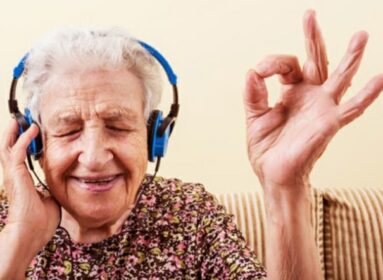




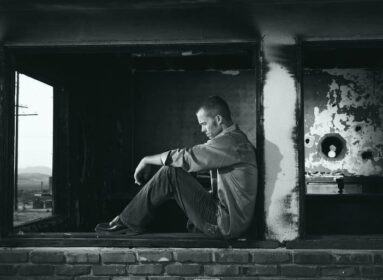
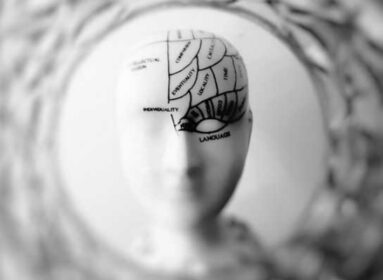








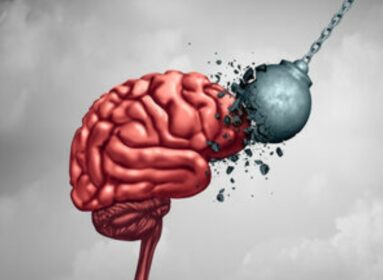
































Comments are closed.